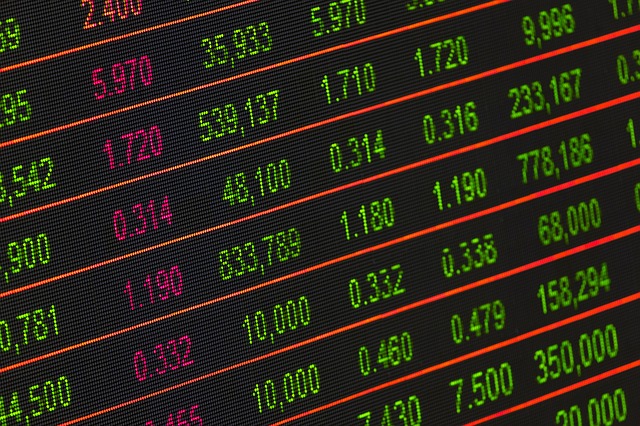Nowhere to Hide at Low Tide
Posted on August 17, 2022

Mega-billionaire Warren Buffett has a well-deserved reputation as a genius “value investor” and pithy commentator. His annual reports to Berkshire Hathaway shareholders are highly anticipated for their market insight and expressive language, and often make news because of both.
For example, one of Buffett’s most quoted sayings colorfully explains that “You only find out who’s swimming naked when the tide goes out.”
While followers of the Oracle of Omaha dispute its precise meaning, most agree that Buffett is warning investors not to base their success on just a bull market. Any real test of an investment should include how it performs in a down–or low tide–period.
That advice came to mind recently when examining a list of how the shares of some of the world’s biggest ag companies have performed in 2022’s decidedly low-tide markets. Many, like the grain processor and merchandiser Archer-Daniels-Midland (ADM), posted a solid price rise through late spring while the overall market, as tracked by the Dow Jones Industrial Average (Dow), slid lower and lower.
In fact, ADM share prices began 2022 at $70 and rose to nearly $100 by April 22. Then, as if the winter swim against the market tide had finally taken its toll, ADM shares dropped to $75 in two months.
Other ag companies not only followed the same pattern–higher from January through late April, then hard declines–most prices peaked on or about the same day, April 20.
For example, Deere & Co., a huge market winner for several years, saw share prices climb from $373 on Jan. 3 to $441 on April 20, then sink to $320 by late June. Similarly, shares of Bunge Ltd., an ADM competitor, began the year at $94, rose to $125 on–yet again–April 20, then crack back to $94 by late June.
Likewise, share prices of Mosaic, a world leader in potash and phosphate fertilizers, rose from $40 on Jan. 3 to $78 (on, eerily, April 20) and now trades at $50.
So what was going on with these strong, against-the-tide swimmers this past winter and what happened on April 20 to convince many of these companies’ investors to get out of the water?
The simple answer is the most obvious answer: Higher ag commodity prices led to higher ag company share prices because better commodity prices often lead to increased farmer purchases of inputs like machinery and fertilizer.
That was especially so for wheat. On Jan. 3, July wheat futures were snoring along at $7.55 a bushel. By May, however, new crop futures had leapt to $12.80 on war news from Ukraine and reports that famine might soon follow.
By June, though, commodity traders had updated their demand and supply estimates–and rechecked their math–and began to discount famine forecasts. Afterwards, wheat prices sank back to $9.
Wheat wasn’t alone; other key commodities began to show more, ah, bare skin.
Lumber futures prices, once the highest of flyers, splintered from their January mark of $1,330 per 1,000 board feet to just $584 on June 27. Likewise, copper futures fell from $4.47 per pound in January to their year-to-date low $3.37 on June 28.
And why April 20? On that date, reported Pro Farmer, Federal Reserve Chairman Jerome Powell “blessed a half-point interest rate hike” to “signal support for further aggressive monetary tightening…”
The key word in the announcement turned out to be “further;” markets don’t like that word–especially when it arrives unexplained and open-ended.
But the Fed announcement marked high tide. On April 20, the Dow stood at 35,160; two months later it was 29,160, 15 percent lower. Those two months left a lot of investors burnt beet red on the beach.
So what’s it mean for markets in the second half of 2022?
If wise old Warren knows, he’s not saying.
He did, however, once confess that he has no special powers when it comes to making money. “If calculus or algebra were required to be a great investor, I’d have to go back to delivering newspapers.”
© 2022 ag comm
Share This